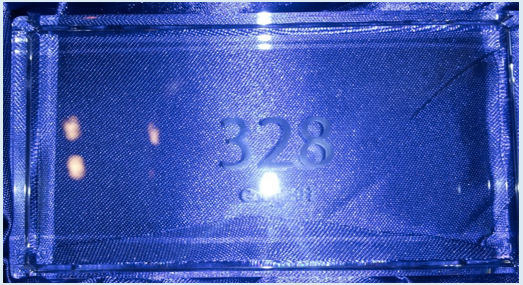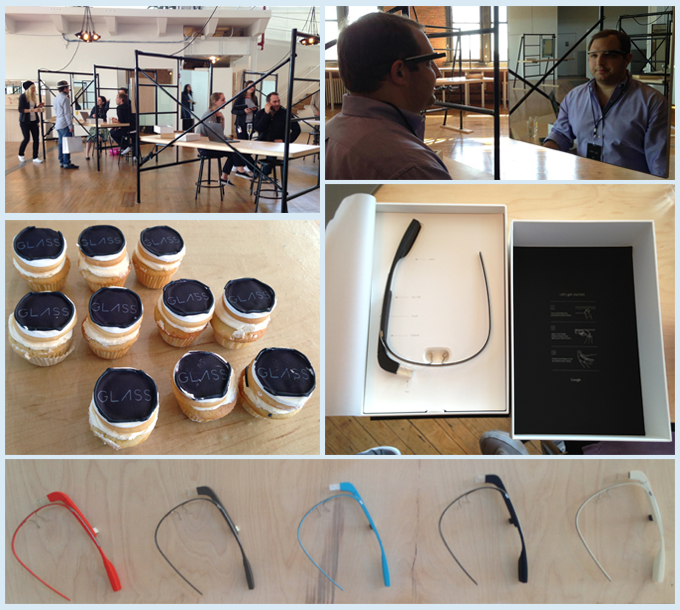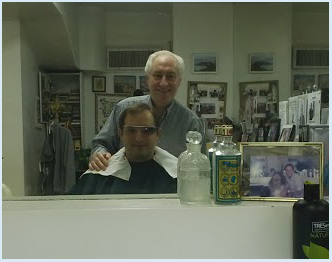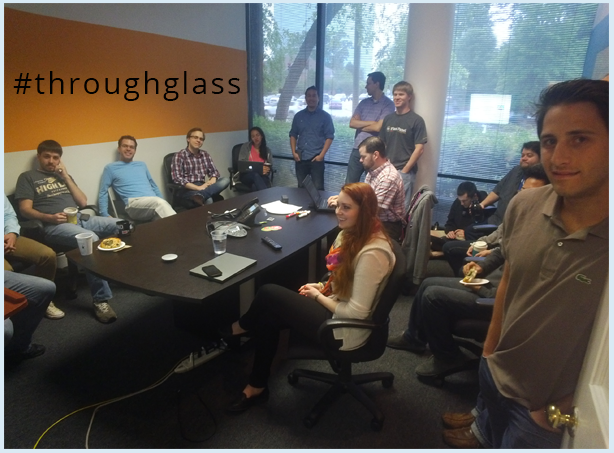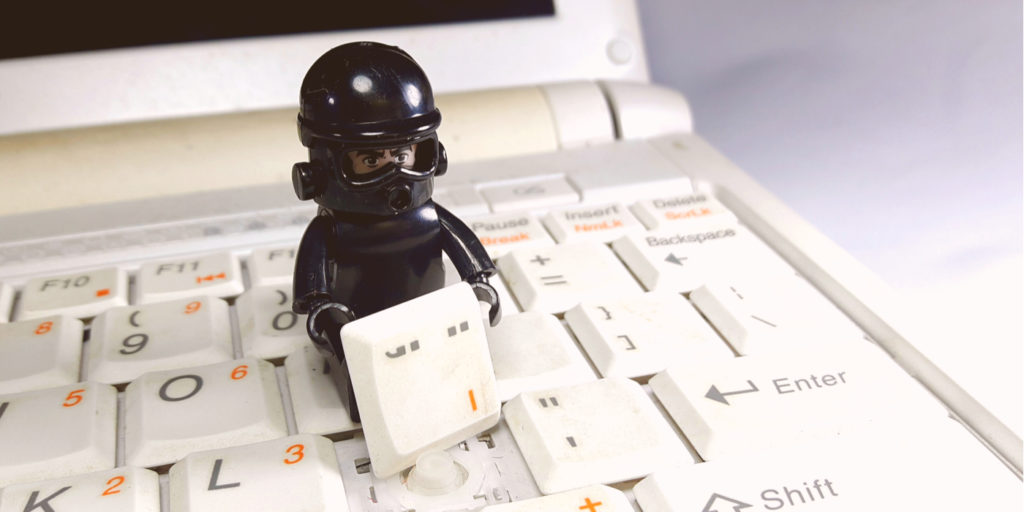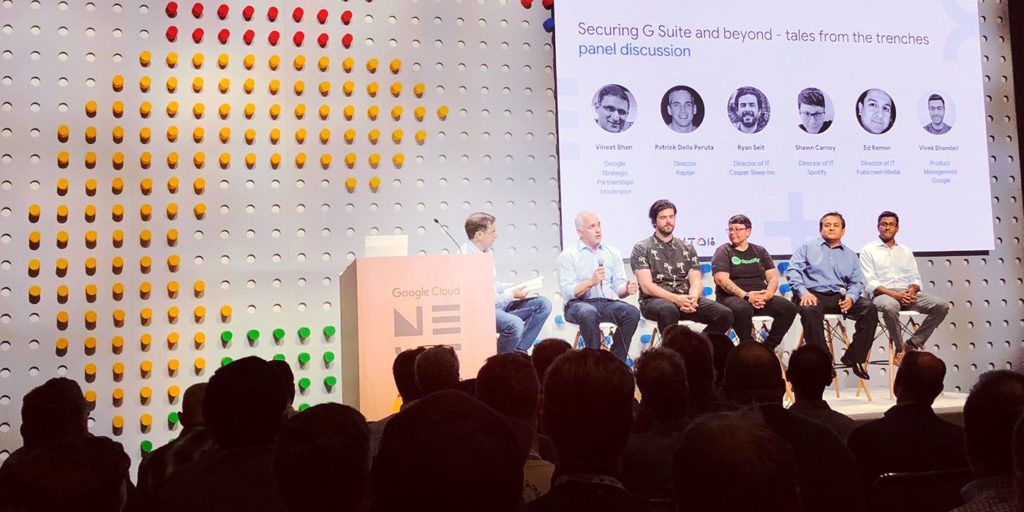First Impressions and Thoughts on Google Glass’ Explorer Program
April 30, 2013
7 minute read
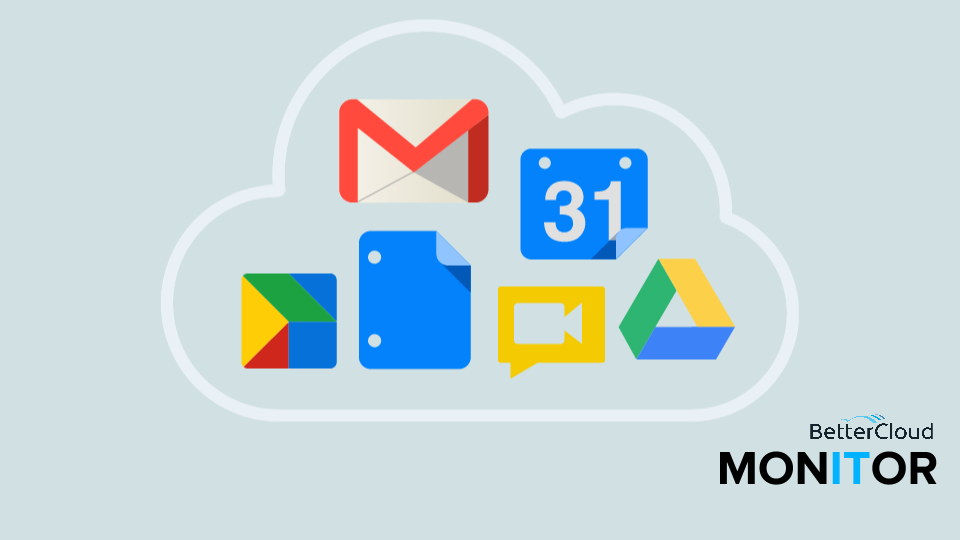
#328
At last year’s Google I/O, Google’s annual developer conference, I had the opportunity to preorder Google Glass. As a huge Google fan and the CEO of a company that focuses 100% on Google, preordering was a no brainer (as it was for pretty much everyone else at the conference). After placing my order, I was handed a small rectangular piece of glass engraved with the number 328 and that was it for 10 months.
Over the next ten months, I read countless articles and heard endless speculation about Glass, but the details were scarce as to when the product would actually be ready for “explorers” (the beta tester group). Finally, after patiently waiting almost a year, I received the following email, which instructed me to set up a fitting appointment and select the desired Glass color. After consulting my wife and team and browsing dozens of photos online, I opted for the original, charcoal.
The Unboxing
Last Thursday, I made my way to Google’s Chelsea Market location to finally pick up Glass. To help document and participate in the experience, I brought along my wife, Jessica. We were greeted by two Googlers, handed a special ‘Glass’ badge and taken to a somewhat empty loft space. There were only three other fittings while we were there and the whole experience was extremely personal. After being fitted for Glass, a Googler took an hour to train me – making sure to explain the navigation, voice commands, how to take a picture, a video, start a Hangout and so on.
It’s obvious that Google wants to make sure that the first group of explorers is prepared not only to use the product, but to explore its myriad possibilities and evangelize for Glass. The entire experience, from the fitting to the training and even the location and Glass themed snacks were carefully executed.
In addition to the personalized training I received when picking up Glass, explorers are also given excellent support. When I ran into a problem while using Glass this weekend, the ticket I submitted Saturday night was resolved Sunday morning with an invitation to call for more personal support should I continue to have the issue.
Google has really invested in the user experience end to end.
The Experience
As for actually using Glass, I’ve never experienced anything like it. The glasses are light yet seem to be very durable and the piece of glass is in the perfect spot (not in your line of sight, but not too far where you have to strain). When you put Glass on, you first see the time and then the words “Ok Glass.” After saying these ‘magic words’ you’re given a list of possible commands: take a picture, get directions to, hangout with and more – it feels like peering into the future.
This video of Taylor Gould, our Marketing Director, pretty much sums up a standard reaction to trying Glass for the first time.
Navigation
When Glass was first announced, I thought the navigation would be completely voice activated, others thought Glass would be controlled by eye motions (and others still thought Glass would just read your mind).
After actually receiving Glass though, I learned that the right side of the frame is basically a track pad that gives you a lot of flexibility in terms of navigating the device – you can click, double click, swipe forward, swipe back and swipe down to control Glass.
While my training at Google helped me to fully understand the navigation, it’s a bit more difficult for users who are just trying on the frames to comprehend. I’ve found a great way to train people on my own is showing the simultaneous screencast on my Android’s screen. This allows me to see what the wearer is seeing, therefore helping me to walk them through the experience.
Google Hangout
For me personally, the Hangout feature is one of the most amazing experiences. The fact that I’m able to see someone right in my eyesight without having to hold a phone or sit in front of a computer is amazing. What’s more is that the person I’m speaking with can actually view surroundings from my point of view. This type of video chat could be applied in so many different ways.
Directions
Directions are another valuable component. I think Glass could easily take the place of both GPS and smartphone directions. Rather than walking around looking at a phone, where you have to stop frequently or worse, bump into other pedestrians, Glass provides a more seamless experience for getting where you need to go.
Glass in the Real World
Walking around New York City this weekend wearing Glass was surreal. I loved seeing the different reactions and after letting about 20 people try it on, everyone’s experience was different – my 70 year old Italian barber was astonished, he had a huge smile on his face and was actually speechless, an 8 year old kid was by far the quickest to learn the navigation and an experiment with Google Directions and a taxi ride almost ended in catastrophe.
Over the course of the weekend, I was stopped about 10 more times on the street by complete strangers. Everyone wanted to know if these glasses were the real deal, if they actually work, could they try them and so on. Of course there were also the strange looks and glares (obviously from those who hadn’t been reading up on the device) and I received a few text messages and calls from friends I hadn’t heard from in a while all wanting to test out Glass.
While Glass isn’t meant to be used at all times – think of it more like a phone that you only look at when you need to make a call, take a picture or check something specific – the product is definitely going to come in handy. While there are definitely hundreds of ways to use the device, in the most immediate future, I think Glass will have a huge impact on the way I travel. The ability to find directions, get the weather, take pictures and Hangout with family and coworkers all without picking up my phone or laptop is huge.
It definitely takes quality time with Glass to get used to the navigation, tethering it to your phone and using voice commands. Some of the people who’ve tried Glass on for a short test seemed frustrated and almost gave up, but once I spent five to six hours straight wearing Glass, it became almost natural to wear the device.
Glass in the Future
While Glass is by far the most innovative piece of hardware I’ve encountered, there are definitely some hurdles ahead.
First, Google has to set a reasonable price point. Many people are saying that the components to make Glass cost around $200. I think if Google can set the price point somewhere around the price of an iPhone, they could gain broad adoption relatively quickly.
But even before a lower price point is established, Glass will likely be one of those technologies that spends a number of years in the developer community and with early adopters before becoming mainstream. Jack Dorsey said yesterday that he can’t picture everyone walking around wearing Glass now, but did you really think everyone would be as attached to their iPhones when the device was first launched? I certainly didn’t think my dad would be and now he doesn’t go anywhere without it. I can definitely see this occurring with Glass.
Second, there’s of course some tweaking to do with the actual hardware. In less than a week since I received Glass, I’ve already heard several requests like the need for a left eye version and something that works with prescription glasses (there’s an alpha version in the works that’s currently being tested). Google will also need to work on achieving longer battery life.
Third, Glass needs more third-party applications. Heavy integrations with native Google+ features show what’s possible, but now its time for third-party vendors to step up to the plate. We’ve already seen the first versions of both Path and the New York Times apps and just imagine how useful something like Yelp’s monocle feature will be when it’s integrated with Glass. The same way you say “Ok Glass: Take a picture,” I can imagine using Google Places or Yelp to say “Ok Glass: What is the best Indian restaurant around?”
Or how about “Ok Glass: Show me my Instagram feed.”
A year or two out, you could foresee using Glass in place of GoPro for extreme sports and even further down the line, one might expect augmented reality and facial recognition to become integral to the Glass experience. I actually spoke with a company that is planning on testing Glass with EMTs. The idea being that a doctor could see the patient through the EMT’s “eyes.”
And even further down the line, why not put the Glass technology into a contact lens?
The possibilities really are endless – Glass is truly a technology game changer. Expect to see a whole industry crop up around it – add ons, cases, lanyards, apps – Glass is the new iPhone.



